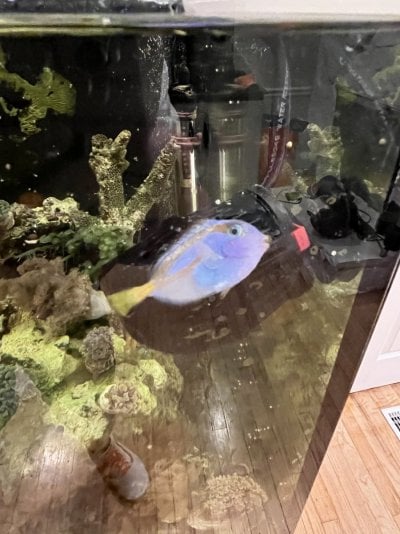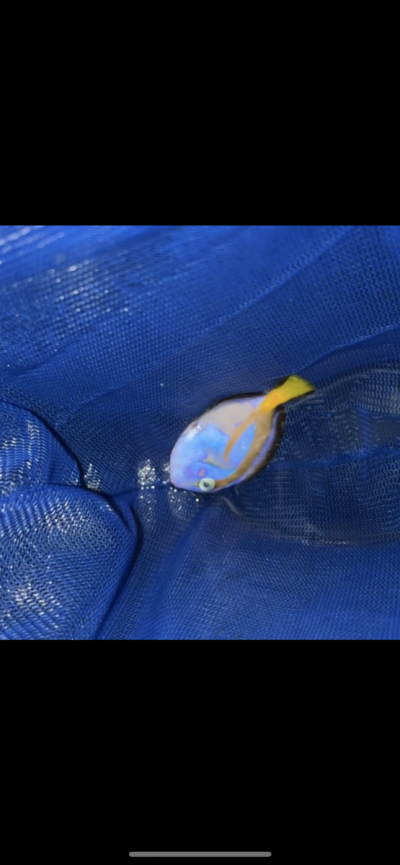- Joined
- Jan 20, 2020
- Messages
- 50
- Reaction score
- 13
Just got rid of my baby blue tang (2”) because it had velvet. It was stuck to my power head not moving so I sadly had to dispose of it.
Question is: what do I do now?
I feed all my fish a mix of foods with garlic drops to help their immune system. I don’t notice any fish with any signs of white spots or that they’re swimming funny. Should I act now and immediately move my fish to a QT set up? Or should I stop worrying? My tank is a 35g reef so I cannot do copper treatments. Any ideas? (Yes a tang in my tank was wrong, decided to add it there while I get some supplies for a 150 I’m building soon)
Question is: what do I do now?
I feed all my fish a mix of foods with garlic drops to help their immune system. I don’t notice any fish with any signs of white spots or that they’re swimming funny. Should I act now and immediately move my fish to a QT set up? Or should I stop worrying? My tank is a 35g reef so I cannot do copper treatments. Any ideas? (Yes a tang in my tank was wrong, decided to add it there while I get some supplies for a 150 I’m building soon)























